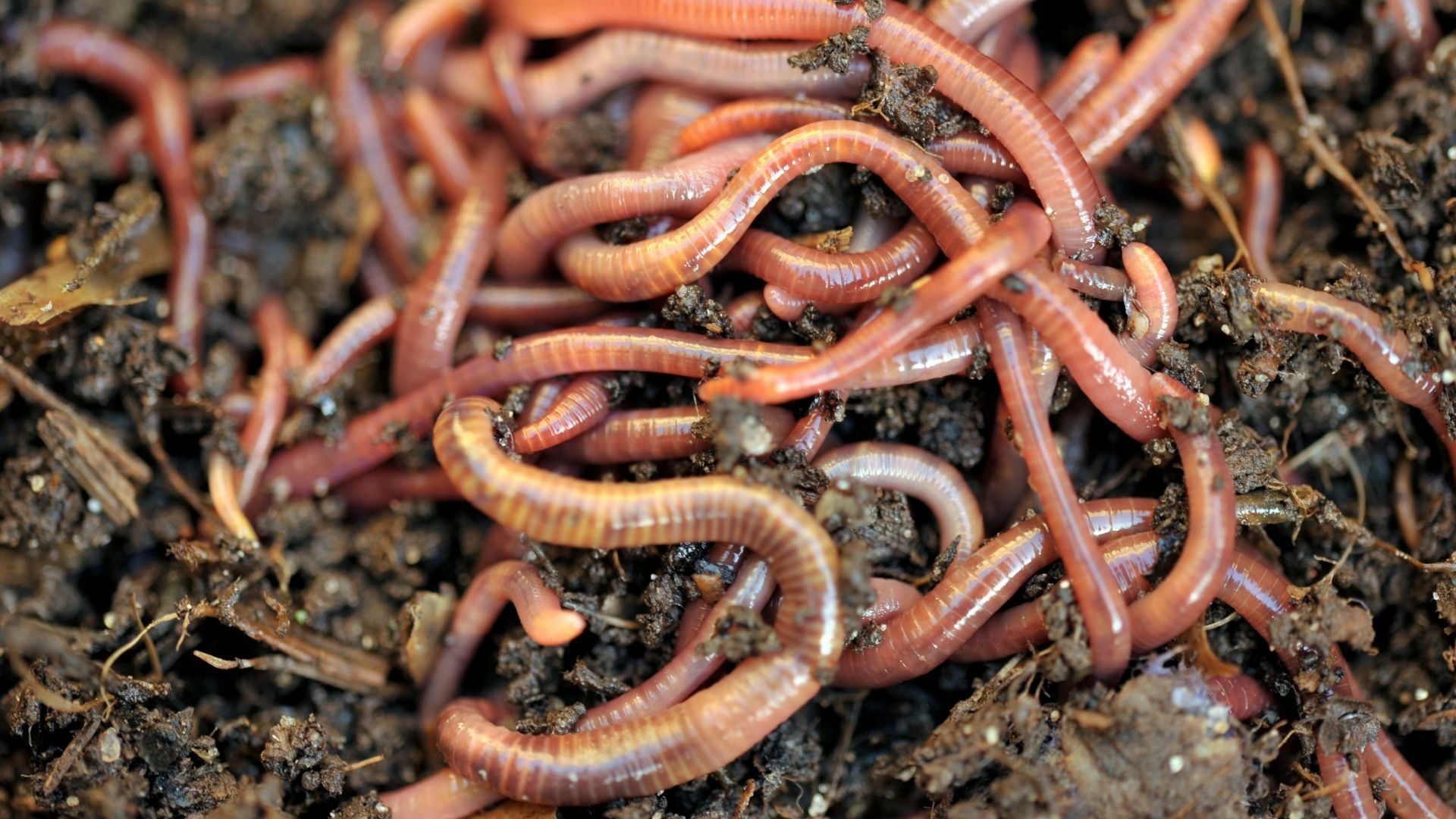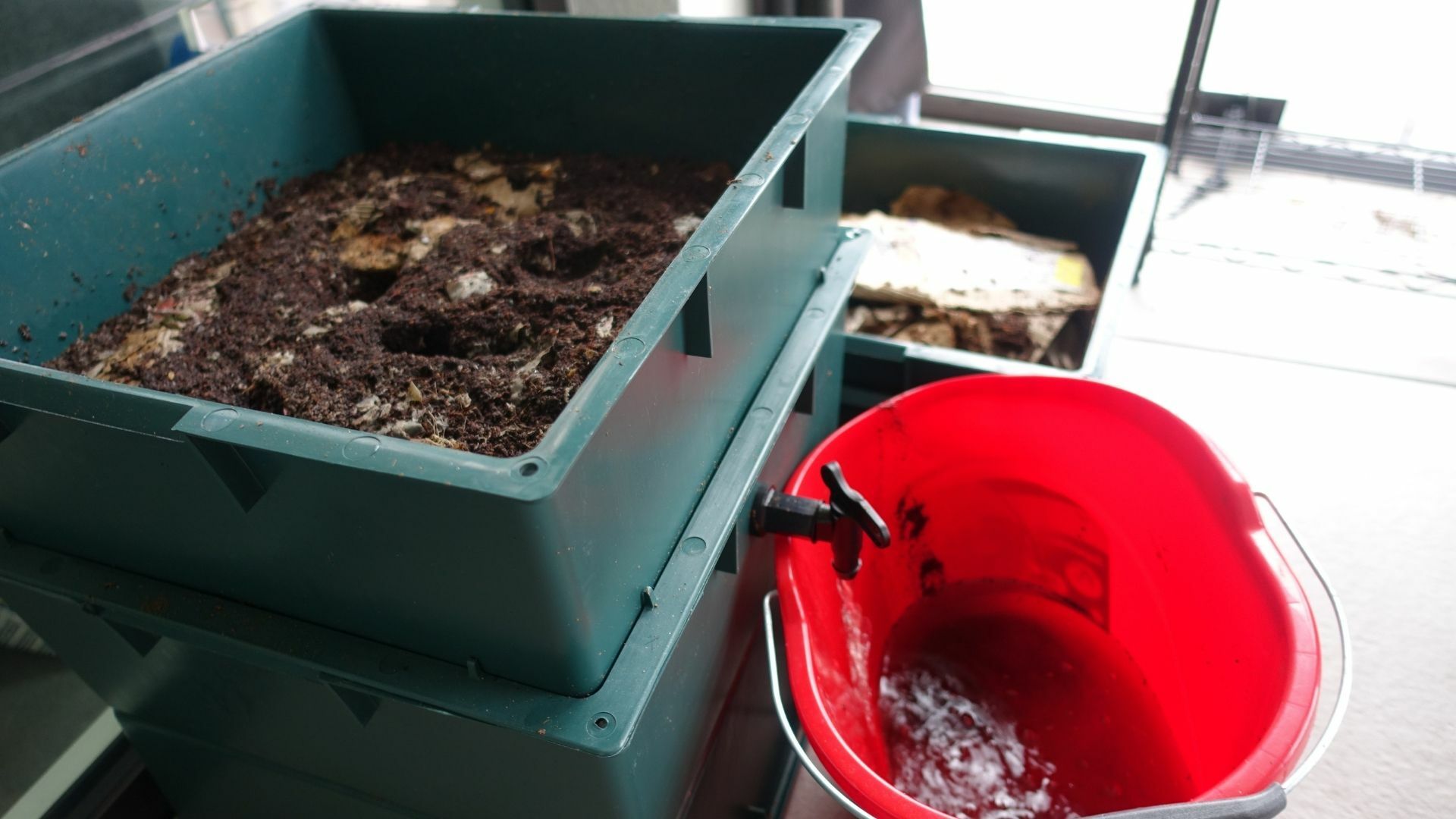Explore
composting with us
Did you know that on average Kiwi households throw away a whopping 86kgs of food waste in a year?!
While food scraps break down relatively fast when composted, they can take 3 to 5 years to break down in a landfill without oxygen. When food decomposes in an anaerobic environment (without oxygen) it releases a harmful greenhouse gas; methane. To offset the emissions from food scrap decomposition alone, we would have to plant 163,293 trees!
Read on to discover three different composting styles you can try at home to help tackle this problem.

Compost Bins
Composting is made possible by the careful composition of matter making up your compost bin. Green organic waste is full of nitrogen, which includes anything fresh, wet or alive. Brown organic waste mainly consists of carbon, which are things that are dry, brittle and dead. After selecting a sunny spot to locate your bin, place twigs at the base so that air can flow freely inside.
Begin stacking your 'sandwich': first with a base layer of browns, then layer with the goal of a 30% green to 70% brown. Maintaining this balance of layers will enable the environment to stay oxygenated and allow for waste to decompose. Another useful tip is to soak cardboard and other dry materials to keep the compost moist like a sponge. After 6-8 months, the compost at the bottom of the pile will be ready to be harvested and spread over your garden as a brilliant fertiliser.

Worm Farms
Similarly to compost bins, worm farms layer brown and green organic waste but in the opposite composition: 70% green to 30% brown. Composting worms are added to this mixture to eat through the waste, producing both solid (castings) and liquid (worm tea) which make for an excellent fertiliser for your garden. Avoid adding citrus, fish/meat, onions, cooked/processed food, chilli/spicy food, cat or dog poo to your worm farm and balance the amount of food/ waste you give the farm to match their population. Additionally, make sure your worm farm isn't positioned in full sun as you don't want to cook your worms!

Bokashi Composting
Bokashi is different to the previously mentioned composting processes in that it is an anaerobic system, using a powdered inoculant that pickles your food waste. Your bokashi bin should be kept in a warm place out of direct sunlight and can be kept inside, making it an excellent option for those in apartments or with limited outdoor space. The system uses two buckets: the first contains your food waste in an airtight bucket. It is located inside a second larger bucket, which collects liquid draining from the top bucket. The liquid produced from your bokashi bin works as a great drain cleaner or weed killer. All your food waste can go in your bokashi bin due to its pickling process, but avoid brown waste, liquids, large meat bones, pet poo and plastics.
If you are not currently in a position where you can compost, consider ShareWaste an organisation created to connect people who wish to recycle their food scraps and other organics. It allows you to connect with neighbours who are already composting, worm-farming or those who keep farm animals.
Happy composting!
